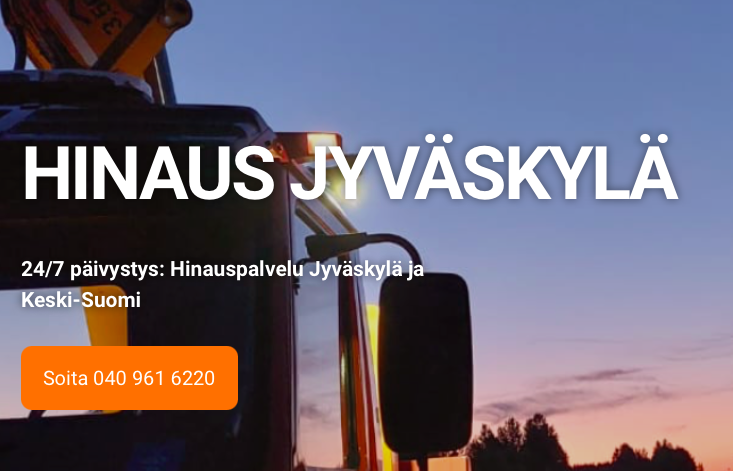Across the open plains of Gogo Station in the centre Kimberley region, a bushfire has been burning for weeks.
Key points:
- Firefighters, rangers, volunteers and station owners respond to hundreds of deliberately lit bushfires across the Kimberley annually
- Gogo Station alleges local traditional owners are in breach of the Indigenous Land Use Agreement by lighting out-of-season fires
- Gooniyandi rangers have warned against blaming an entire native title group for the actions of “a bad apple”
The blaze has chewed through 17,000 hectares of fertile black-soil grassland and red spinifex country, destroying habitats of native animals such as the bridled nailtail wallaby and the black-breasted button-quail.
And it was deliberately lit.
The Department of Fire and Emergency Services said it responded to 247 fires across the region since the beginning of the bushfire season in June.
More than half were believed to have been acts of arson.
Gogo Station manager Chris Townes said it was a constant battle.
“I’m just not sure why people do it,” he said.
Violating land use agreements
Seven Indigenous communities are situated on Gogo Station, which sits predominantly on Gooniyandi land.
Mr Townes alleged members of the communities were behind many of the fires.
“We can usually schedule when we need to fight a fire by looking at when the local footy finals are on,” he said.
“We see them driving into town [lighting a fire] and tell them to pull up and they just keep lighting it behind us.”
Mr Townes said it was a direct violation of the Indigenous Land Use Agreement (ILUA) between the native title groups and the station, which allowed traditional owners access to country.
“It’s being violated all the time,” he said.
“But they say, ‘It’s our country, we can do what we like’.”
Not the right attitude
Gooniyandi Rangers coordinator Russell “Junior” Chestnut, who is a traditional owner, said there was no excuse for lighting fires out of season.
“I don’t think that burning country just because you can means that you should,” Mr Chestnut said.
He said ranger groups were educated in cultural and Western knowledge to conduct safe and beneficial burns.
“We don’t burn at this time of year; the winds are too high and the fire burns too hot,” Mr Chestnut said.
“You could burn your community down, you could disturb the balance of fires when the grass should be green.
“You might take out the food source for a particular animal that can disturb how they breed and how we hunt them.”
But he said it was not fair to tar an entire Indigenous community with the same brush.
“It’s down to the individual. You can’t say, ‘It’s all of Gooniyandi at fault’,” Mr Chestnut said.
“There’s always a bad apple in every bunch.
“Hold that individual accountable, talk to the police.
“I have no issue with that.”
More action needed
Mr Townes said arsonists were not being held accountable to the extent needed.
“You see down south, and there’s a little fire down there,” he said.
“There’s bombers and planes putting them out and it’s only 500ha.
“They go find the people who lit that fire and they prosecute them.”
Mr Townes said more needed to be done.
“I don’t understand why there’s not more of an issue made about it by government,” he said.
“We try our hardest to fight the fires and save the grass, but we report [the perpetrators] and nothing ever happens.”
In a statement, the Department of Fire and Emergency Services said members of the community deliberately lighting fires needed to think of the consequences.
“You are recklessly putting people’s lives in danger,” it said.
“Bushfires can kill people and burn communities to the ground.
“The public can help put an arsonist behind bars by calling Crime Stoppers on 1800 333 000 if they see any suspicious behaviour.”
Posted , updated










